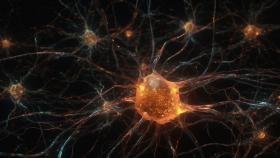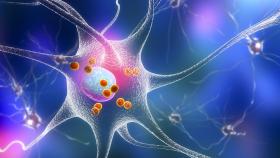
Our laboratory conducts research into how information about the outside world is encoded by the patterns of spiking neurons in the sensory pathways of the brain. We combine experimental and computational approaches to better understand and control aspects of the neural code. Specifically, we focus on the visual and somatosensory pathways at the junction between the sensory periphery and sensory cortex. Our experimental approaches include multi-site, mutli-electrode recording, optical imaging, behavior, and patterned stimulation. Our computational approaches include linear and nonlinear model estimation, information theory, observer analysis, and signal detection and discrimination. Our long-term goal is to provide surrogate control for circuits involved in sensory signaling, for pathways injured through trauma or disease.
2024-2026 Grants Focus on Systems and Circuit Level Approaches to Parkinson’s Disease
Stanley lab discovers expanded role for brain’s sensory processing center
First round of funding awarded to eight multi-disciplinary teams from Georgia Tech and Emory










